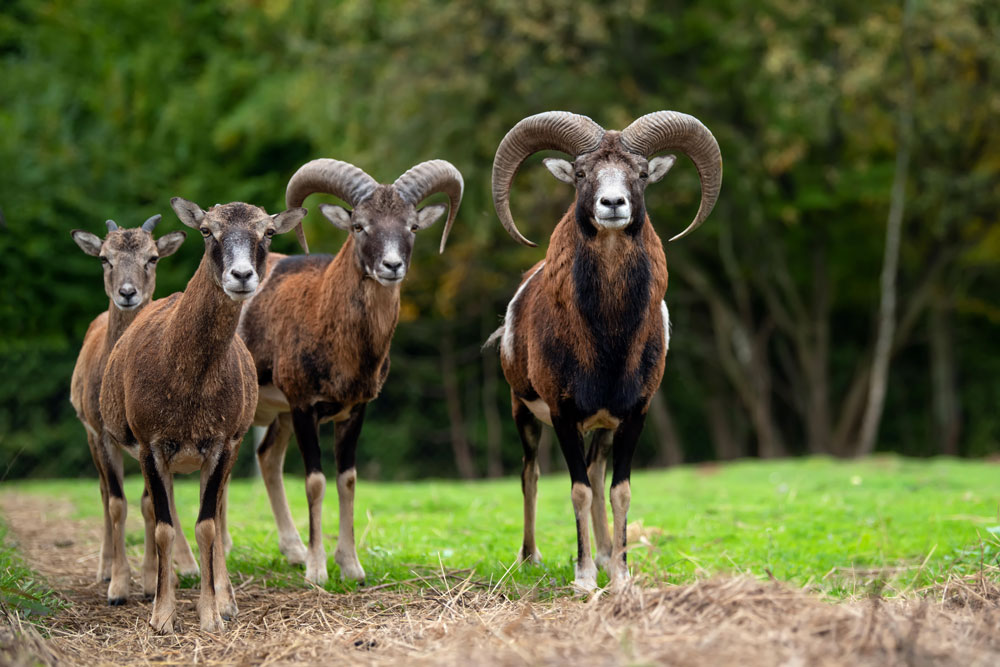The European mouflon is one of the world’s smallest wild sheep, yet its striking spiral horns and agile mountain lifestyle make it a coveted trophy for hunters. Rams carry impressive curved horns, while ewes are often hornless or have small nubs. These sheep evolved in the rocky Mediterranean islands and have keen eyesight and hearing, which make them exceptionally wary. Hunters prize them for the challenge of stalking a watchful animal across rugged terrain.

Mouflon hunts are typically conducted on foot in hilly and mountainous landscapes. In Argentina’s game ranches, guides lead a single hunter through bushy ravines and steep slopes, relying on careful glassing and stalking techniques; bow‑hunters sometimes use tree stands or blinds near water sources. Because these sheep have excellent eyesight and inhabit open country, shots are often taken at moderate ranges (up to about 150 yards) and require precise marksmanship. Hunting is available year‑round, but many outfitters recommend late autumn through early spring (October–January) when rams rut and their horns reach peak size.
Responsible management is essential for sustaining mouflon populations and preventing overgrazing. In Europe the species is subject to regulated culling; for example, German game laws set high harvest quotas to limit damage to forests and crops. Conservation programs on Corsica and Sardinia, where the mouflon is native, have re‑established herds that once dwindled to a few hundred animals. Hunting rams, ewes and lambs is legal at different times—rams may be hunted year‑round, while ewes and lambs have defined seasons—and trophy fees support habitat protection and anti‑poaching measures on private reserves.
European mouflons have a rut in October–November, and lambs are born in March–April after a five‑month gestation. Managed estates often create a mosaic of open fields interspersed with wooded cover to provide both grazing and refuge. Owing to their Mediterranean origin, mouflons are well adapted to hot, rocky hillsides but can also thrive in temperate climates; they typically graze on grasses, browse shrubs and retreat quickly when alarmed. Because of their keen vision and wariness, many hunters choose high‑calibre rifles to ensure ethical, one‑shot kills.
European Mouflon can be found in the following location:
European Mouflon has the following variations:
- (Varieties to be confirmed)
Start Your Adventure



